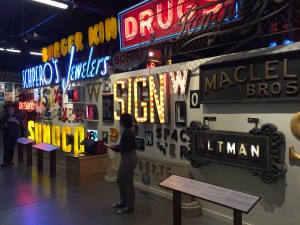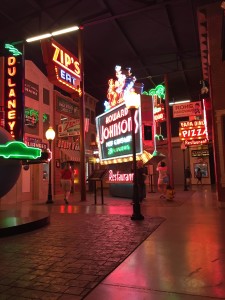America’s 27th President was a large presence in Cincinnati, Ohio. It would be hard for him not to be – he weighed in at over 300 pounds. William Howard Taft is notable for being America’s most obese President. Towards the end of his Presidential term, he weighed around 335 pounds. His large size made him the target of jokes even in college, but we won’t comment on it anymore here. What we will discuss, however, is the tradition of public service that was part of the Taft family legacy in Cincinnati. This tradition is a major part of the story being told at the William Howard Taft National Historic Site, part of the National Park Service.
The family home on Auburn Avenue is three stories and fairly spacious. It had to be, since there were up to fourteen people living there at times. William was one of six children, and his grandparents lived in the home as well. They also had four servants living under the Taft roof.
William’s father, Alphonso Taft, served his country as a diplomat, as Secretary of War and as U.S. Attorney General. If you visit the Taft Historic Site, you’ll learn about the Taft family’s contributions to civic society at city, state, and national levels. William famously became the Chief Justice of the U.S. Supreme Court following his term as President. Tafts have served as Congressmen, Governor, Ambassadors, and have held numerous positions on charitable boards in Cincinnati and throughout the country.
Ohio is known as the birthplace of Presidents. If you’re in the Cincinnati area, you should stop by the Taft Historic Site to see the actual birthplace of one of those Presidents. And be inspired by his family’s legacy of seeking opportunities to give back to their community.


